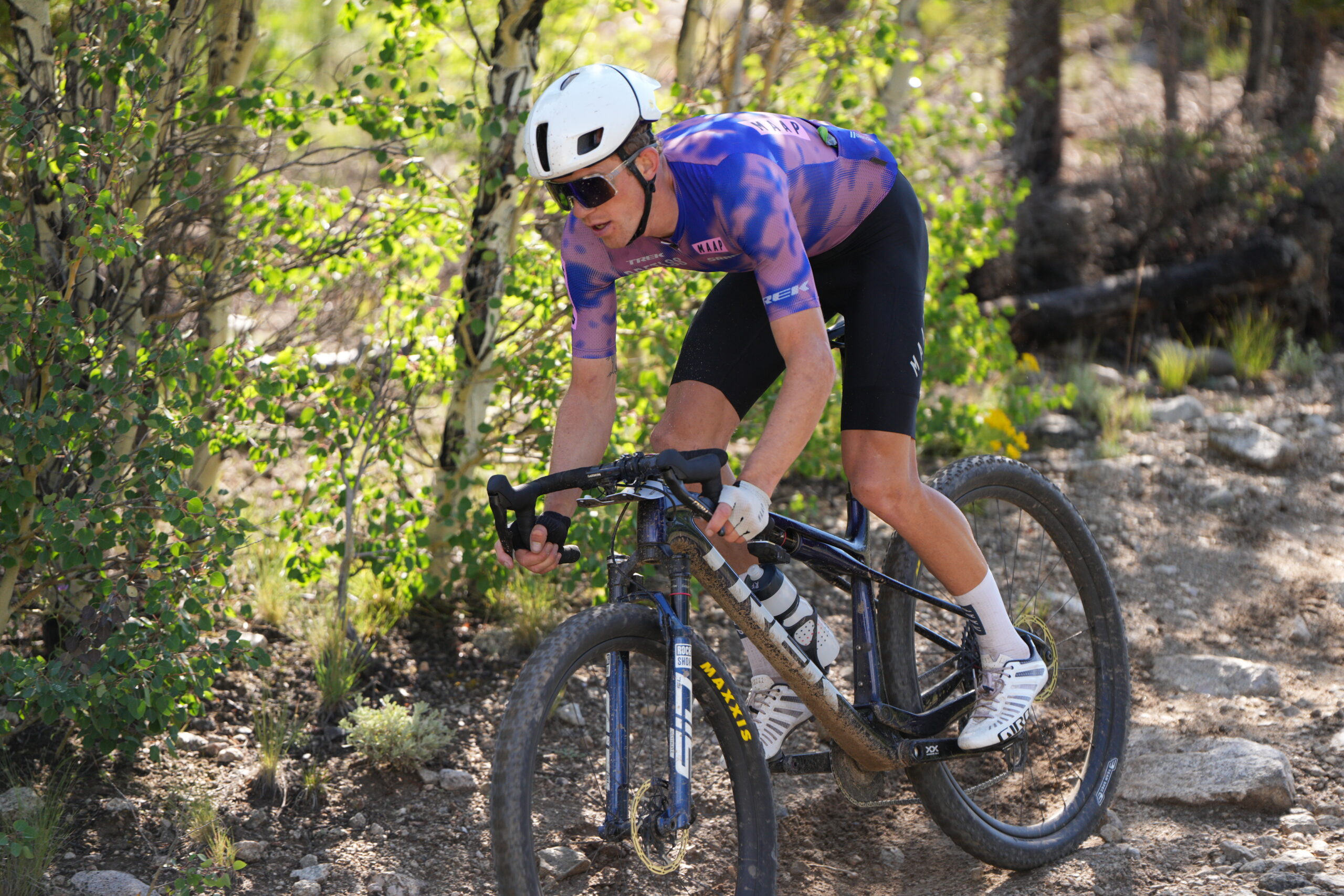Did we do a good job with this story?

After men's winner Keegan Swenson and a number of other riders switched from flat bars to drop setups, the Leadville Trail 100 may never look the same.
Russell Finsterwald was one of a number of riders to take an aero-optimized approach to Life Time's premier mountain bike event. Photo © Taylor Chase, Life Time Events.